The Maryland-National Capital Region Emergency Response System (MDERS) aims to improve interoperability between the Montgomery County Police Department (MCPD) and the Prince George’s County Police Department (PGPD) by enhancing coordination on response capabilities. MDERS provides similar tools, training, and exercises that more directly align the two departments’ policies, plans, and procedures. This closer association encourages and develops various interjurisdictional law enforcement response efforts.
MCPD and PGPD operate in neighboring jurisdictions which leads to frequent overlap on emergency calls. Additionally, large-scale, or specialized emergencies often require interjurisdictional cooperation. The high frequency of these joint deployments necessitates a greater need for collaboration on procuring similar equipment, participating in identical trainings, and joint participating in MDERS-sponsored exercises.
Every fiscal year, MCPD and PGPD propose equipment purchases to enhance or develop capabilities. Both departments create their proposals cognizant of what the other department has or will seek. MDERS works with the department to closely align the requests with similar equipment such as night vision goggles, infrared cameras, personal protective equipment, and operational vehicles. This parallel procurement effort promotes a greater familiarity of each department’s resources to allow for greater interjurisdictional integration.
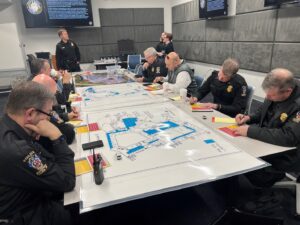
To further promote regional law enforcement cohesion, MDERS has sent MCPD and PGPD officers to various training initiatives. The courses include topics such as technical breaching, tactical emergency medical services (TEMS), public order, active shooter mitigation, first receiver operations training (FROT), command-level leadership, and other law enforcement learning opportunities. The joint participation and breadth of these training opportunities will help the departments prepare for a variety of emergencies and strengthen interoperability capabilities in the Maryland-National Capital Region.
The culmination of the similar procurement and training is the discussion and practical deployment of joint MCPD and PGPD responses. MDERS has created workshops, tabletop sessions, and full-scale exercises to allow personnel to strategize and rehearse interoperable deployments. These discussions help identify areas for improvement to bolster their interjurisdictional response.
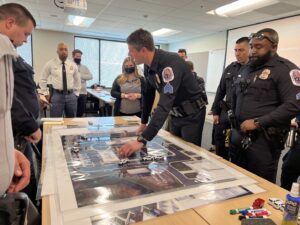
The similar equipment, training, and exercises enhances interoperability between MCPD and PGPD. MDERS will continue to provide financial and logistical support to continue to ensure MCPD and PGPD are adequately equipped and trained to confront evolving threats to public safety.
For more information regarding MDERS sponsored procurement efforts and training initiatives, please reach out to the Operational Support Team at MDERS.Training@Maryland.gov.
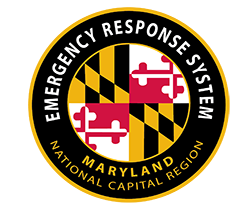
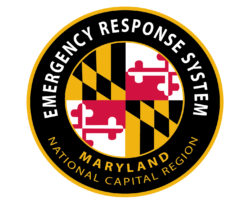
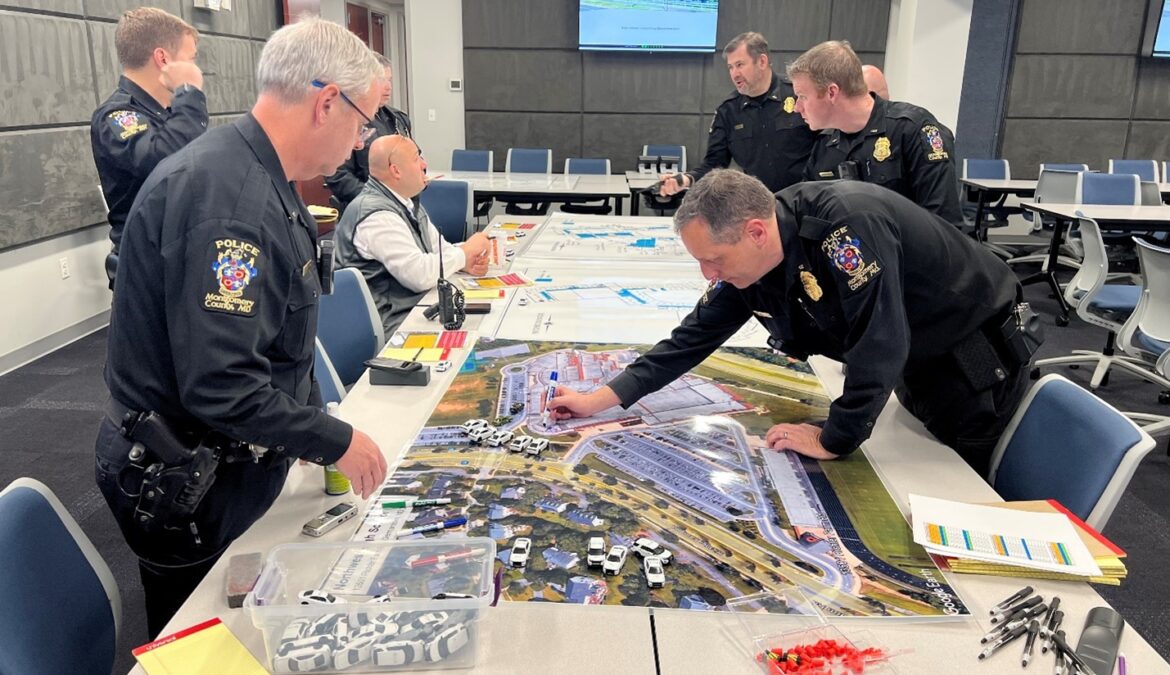
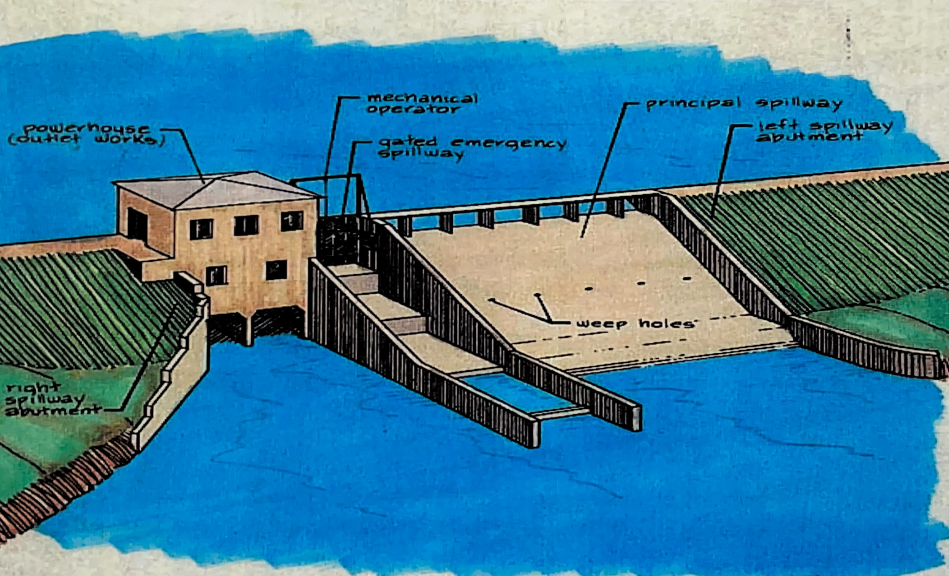

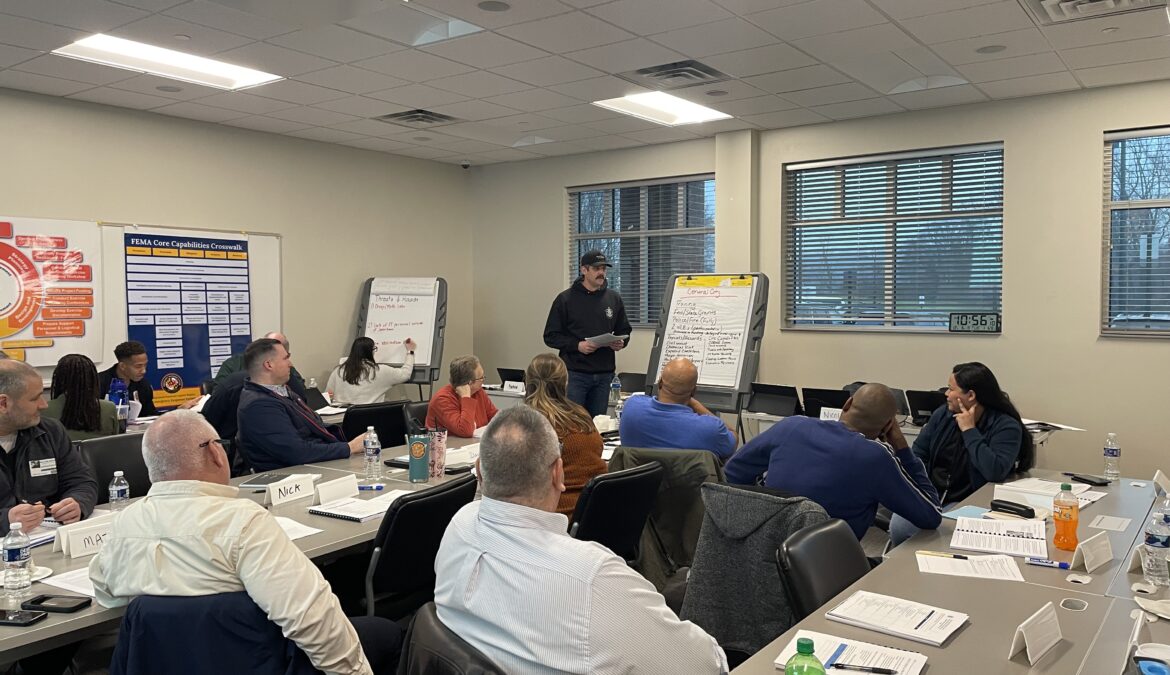

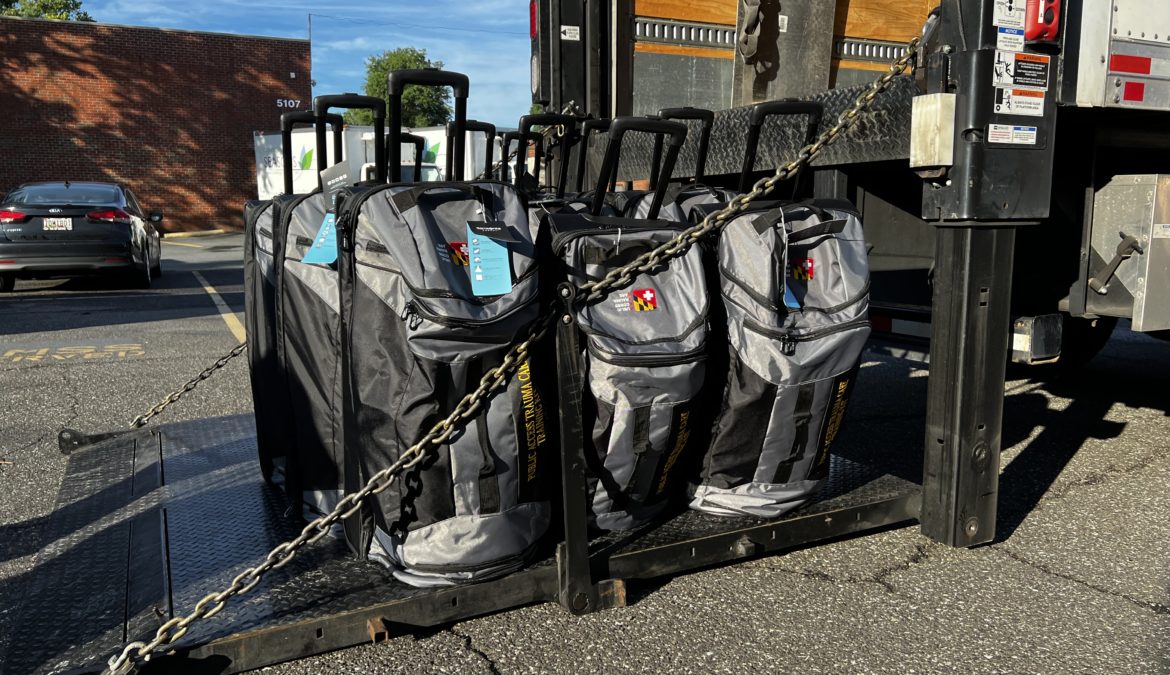
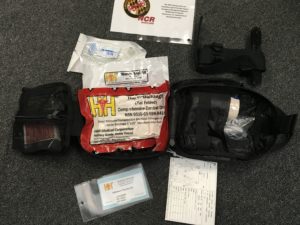
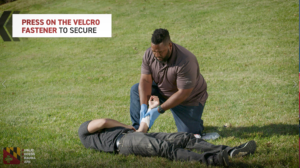


 situational awareness if any hazards or risks occur while training. Upon working in four small groups, the Surgical Skills Lab provided participants with an opportunity to operate various medical equipment and execute intricate techniques on specimens donated to science and educational projects. This included the use of specialized instruments such as scalpels, forceps, and suture needles, as well as the proper application of suture materials and wound closure techniques. This is an essential skill for healthcare providers, as timely and proper wound management can prevent infection and promote healing.
situational awareness if any hazards or risks occur while training. Upon working in four small groups, the Surgical Skills Lab provided participants with an opportunity to operate various medical equipment and execute intricate techniques on specimens donated to science and educational projects. This included the use of specialized instruments such as scalpels, forceps, and suture needles, as well as the proper application of suture materials and wound closure techniques. This is an essential skill for healthcare providers, as timely and proper wound management can prevent infection and promote healing.
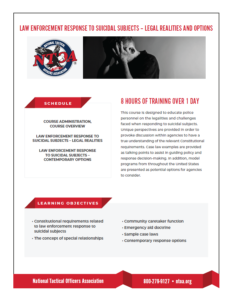 Emergency Response System (MDERS), six MCPD representatives recently participated in a one-day, eight-hour virtual training session that addressed the legalities and challenges law enforcement endure when responding to suicidal subjects (National Tactical Officers Association, 2018). The training delivered by the National Tactical Officers Association (NTOA), introduces case law and varying viewpoints on policy and response decision-making as it relates to situations involving suicidal subjects.
Emergency Response System (MDERS), six MCPD representatives recently participated in a one-day, eight-hour virtual training session that addressed the legalities and challenges law enforcement endure when responding to suicidal subjects (National Tactical Officers Association, 2018). The training delivered by the National Tactical Officers Association (NTOA), introduces case law and varying viewpoints on policy and response decision-making as it relates to situations involving suicidal subjects.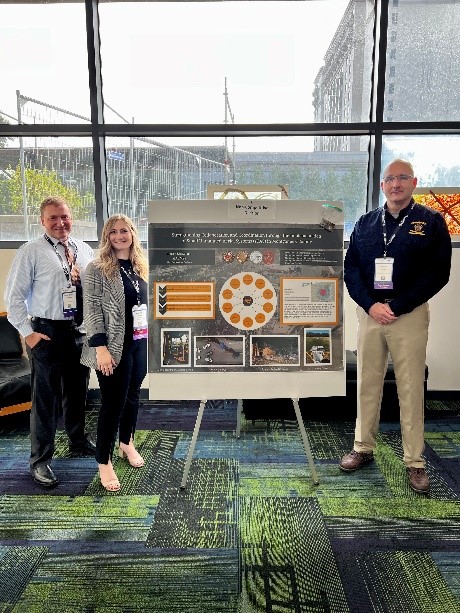
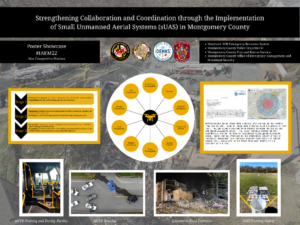 knowledge gained from Montgomery County pilots. The poster also addressed a wide array of relevant topics, findings, and real-world incidents for public safety agencies looking to grow their sUAS program. More importantly, attendees gained insights surrounding the operational concepts of the sUAS program that aid in response operations. This includes learning about the several advantages the sUAS program offers, which consists of enhancing situational awareness, information sharing, and search/rescue operations. The poster exhibited the stages of the sUAS program to highlight the required phases that must be satisfied to ensure an effective development and sustainment of the capability.
knowledge gained from Montgomery County pilots. The poster also addressed a wide array of relevant topics, findings, and real-world incidents for public safety agencies looking to grow their sUAS program. More importantly, attendees gained insights surrounding the operational concepts of the sUAS program that aid in response operations. This includes learning about the several advantages the sUAS program offers, which consists of enhancing situational awareness, information sharing, and search/rescue operations. The poster exhibited the stages of the sUAS program to highlight the required phases that must be satisfied to ensure an effective development and sustainment of the capability.

 Over the last several years, PGPD has expanded its sniper capability to ensure that a cadre of instructor-level officers is available on each shift to train EST members desiring to bolster their sniping skills. With the completion of the Positional Shooting Clinic, PGPD understands the need to build/enhance competency in key areas of positional shooting for long-range and precision sniping operations.
Over the last several years, PGPD has expanded its sniper capability to ensure that a cadre of instructor-level officers is available on each shift to train EST members desiring to bolster their sniping skills. With the completion of the Positional Shooting Clinic, PGPD understands the need to build/enhance competency in key areas of positional shooting for long-range and precision sniping operations.